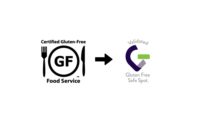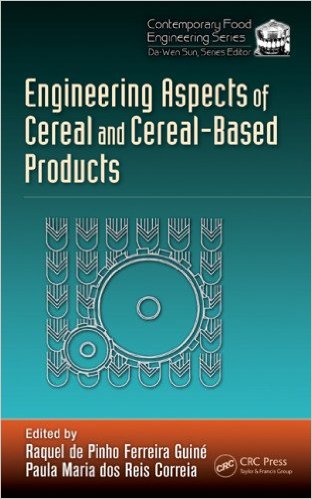The Gluten Intolerance Group (GIG) has announced the publication of a new study that provides industry guidance in determining the safety of whole grains, beans, seeds pulses and legumes for the gluten-free market. The study, titled “The Use of Visual Examination for Determining the Presence of Gluten-Containing Grains in Gluten Free Oats and Other Grains, Seeds, Beans, Pulses and Legumes,” has been published in a special section of the Journal of AOAC International focusing on food allergens and gluten.
The study describes a sampling plan for determining the number of gluten-containing grains per kilogram of whole-grain products, and a threshold for meeting GIG’s Gluten-Free Certification Organization (GFCO) requirement of 10 ppm or less. The threshold set by GFCO in the study—0.25 gluten-containing grains per kilogram of whole grains sold as specially processed gluten-free product—takes into account the unique risk whole-grain products present to gluten-free consumers, wherein a gluten containing grain in a product like oatmeal will be eaten in one serving, rather than being spread out over the entire product package or lot.
“This study helps processors to more confidently meet GFCO standards and to provide safe gluten-free whole grains,” said Laura Allred, Ph.D., regulatory and standards manager for GIG and one of the study’s authors. “Up until now, the industry interpreted GFCO’s standard in different ways when it came to whole commodities. The gluten threshold and sampling plan outlined in the study provides needed guidance to processors and enhances the safety for consumers of whole grain products certified by GFCO.”
The use of visual examination—either with the trained eye or properly calibrated optical sorting equipment—resolves many of the problems encountered with antibody-based testing methods, including sampling limitations and the uneven distribution of gluten in ground flours. The study found that two major processors of gluten-free oats were able to meet the new threshold using different processing methods. The study was not designed to compare the performance of the two processors in meeting the threshold, and the data in the study cannot be used to compare processing methods.







